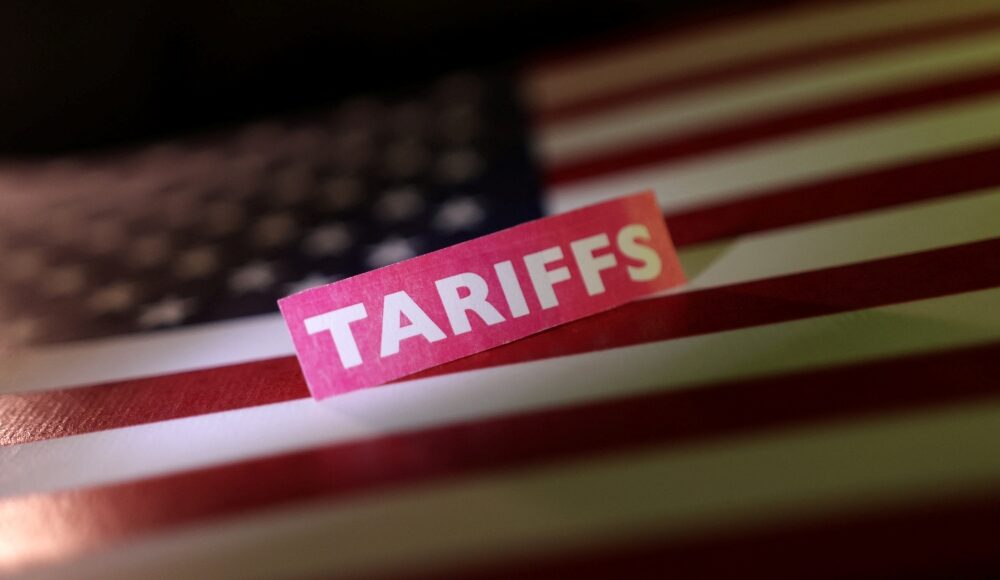APRIL 12 — On April 2 — so-called “Liberation Day” — United States (US) President Donald Trump unveiled the imposition of a 10 per cent baseline tariff on all imports to the US as well as higher “reciprocal” duties on some of the country’s biggest trading partners.
The base 10 per cent tariffs went into effect on April 5, while the higher reciprocal rates were to be effective on April 9 before the President announced a 90-day pause for almost all nations, except China.
Trump said he was raising tariffs on China to 125 per cent because of a “lack of respect.”
But who’s lacking respect?
Trump’s sweeping tariffs were announced on the back of a declaration of national emergency to address what the President described as harmful foreign trade and economic practices.
According to the White House, large and persistent annual US goods trade deficits have led to the hollowing out of the country’s manufacturing base, which resulted in a lack of incentive to increase advanced domestic manufacturing capacity, and which undermined critical supply chains as well as rendered defence-industrial base dependent on foreign adversaries.
The President, therefore, invoked his authority under the International Emergency Economic Powers Act of 1977 (IEEPA) to address the national emergency posed by the large and persistent trade deficit that is driven by the absence of reciprocity in the US trade relationships with other countries as well as other harmful policies like currency manipulation and exorbitant value-added taxes (VAT) perpetuated by those countries.
Trump’s sweeping tariffs were announced on the back of a declaration of national emergency to address what the President described as harmful foreign trade and economic practices. — Reuters pic
In short, Trump has used an emergency declaration to impose tariffs.
Is it an appropriate use of emergency powers?
The short answer is “No”. That’s according to Elizabeth Goitein, a senior director of the Brennan Centre’s Liberty and National Security Program and a nationally recognised expert on presidential emergency powers, government surveillance, and government secrecy.
Emergency powers, writes Goitein on Wednesday (April 9), “are designed to let a president respond swiftly to sudden, unforeseen crises that Congress cannot act quickly or flexibly enough to address.
Presidents can rely on these powers to create temporary fixes until the crisis passes or Congress has time to act. Emergency powers are not meant to solve long-standing problems, no matter how serious those problems may be. Nor are they intended to give a president the ability to bypass Congress and act as an all-powerful policymaker.”
Under the country’s National Emergencies Act, a declaration of national emergency unlocks a menu of 150 statutory powers from which the President can choose.
One of the most powerful is the IEEPA, but it can only be invoked when the national emergency stems from an “unusual and extraordinary threat” to national security, foreign policy, or the economy.
Goitein argues that Trump’s invocation of the law to impose reciprocal tariffs “rests on the specious premise that our trading relationships with each and every country in the world… pose an unusual and extraordinary threat” to the US.
By no stretch of the imagination can long-standing trade relationships be considered an unforeseen emergency.
In addition, the IEEPA was passed to enable the President to impose economic sanctions on hostile foreign actors. While it includes a long list of actions the President may take, “tariffs” appears nowhere on that list.
No President has in fact ever used the IEEPA to impose tariffs before. Furthermore, there is no mention of tariffs in its legislative history.
Trump’s imposition of tariffs therefore — vide the IEEPA — has taken disrespect to, and misuse of, the law to a new level.
* This is the personal opinion of the writer or publication and does not necessarily represent the views of Malay Mail.





